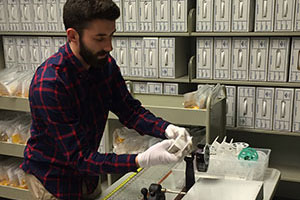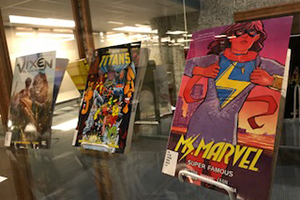METAscripta
METAscripta: A New Digital Humanities Initiative for the Vatican Film Library
By Gregory A. Pass, PhD, MALS – Assistant Dean for Special Collections; Director, Vatican Film Library
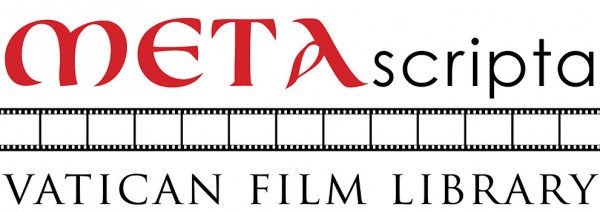
Saint Louis University’s Knights of Columbus Vatican Film Library is well known throughout the world as a center for research in medieval and Renaissance manuscript studies, and its principal fame rests upon its collection of microfilms containing close to 37,000 medieval and Renaissance manuscripts from the Biblioteca Apostolica Vaticana or Vatican Library. Founded in 1475, the Vatican Library possesses one of the largest and richest collections of manuscripts from the pre-modern world. Established in 1953, the Vatican Film Library (or VFL) holds about half of the Vatican’s collections—outside of the Vatican Library’s own reading room, the VFL is the principal study center in the world for Vatican manuscripts—all on about 10,000 reels of microfilm.
For more than sixty years, the VFL has been an international scholarly resource that has dramatically increased access to manuscripts of the Vatican Library, but we are now launching a new initiative in the METAscripta Project by digitizing our microfilms to make them freely available online. Working in partnership with SLU’s Center for Digital Humanities and in collaboration with the Vatican Library, METAscripta will create a powerful research tool for scholars worldwide in three significant ways. By making digital images of Vatican Library manuscripts rapidly and freely available from Vatican Film Library microfilms, it will give unprecedented and broadest possible access to these materials years ahead of the Vatican Library’s own project to digitize its manuscripts from the originals (DigitaVaticana). By providing a user interface that will give access to each page/folio image of a manuscript and its associated descriptive metadata, it will facilitate a crowdsourced approach to metadata collection and input that will allow users both to contribute descriptive information that is lacking and to access information that has been added about texts, paleography, illumination, and other features. By utilizing the Open Annotation Collaboration (OAC) framework and the International Image Interoperability Framework (IIIF) data environment, it will create a nimble digital resource to host ongoing scholarly discourse about the manuscripts.
Descriptive metadata, or cataloging information, about these manuscripts is one of the most important elements of the project. Notwithstanding efforts of the Vatican Library beginning in the late nineteenth century to produce admirably detailed collection catalogs in the series Codices manu scripti recensiti and in the late twentieth century with a series of Summary Catalogues and Inventories, in addition to the many volumes published in the series Studi e testi, the Vatican’s manuscript collections remain only about one-third fully cataloged. Aside from the greatly increased access the METAscripta project will create, this innovative crowd-sourced or community-sourced approach to collecting metadata will engage the distributed expertise of scholarly knowledge communities in various disciplines throughout the world—text scholars, linguists, codicologists, paleographers, art historians, etc.—and focus their skills into this collaborative effort. Cooperation will be sought through major scholarly organizations, such as the Medieval Academy of America, the Renaissance Society of America, the Society for Classical Studies, the International Center of Medieval Art, and more.
Application for funding has been made to the National Endowment for the Humanities, and it is hoped that the project can get under way in earnest in May of 2016. Already the University Libraries have acquired a high-speed microfilm reel scanner (fig. 1), servers to hold an anticipated 8,000,000 image files, and set up a project room in which to prepare the microfilms for imaging and to process the scanned images (fig. 2). The digitization of the microfilms and creation of the website are expected to take about three years, but this is really only the beginning. The ongoing work of the Vatican Film Library and the Center for Digital Humanities will be to maintain METAscripta into the future as an ongoing scholarly resource for Vatican Library manuscripts and manuscript studies in general. Plus ça change, plus c’est la même chose.
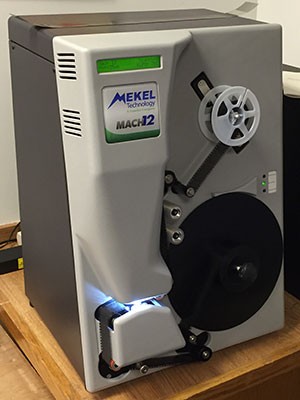
Mekel Mach 12 High-Speed Microfilm Scanner
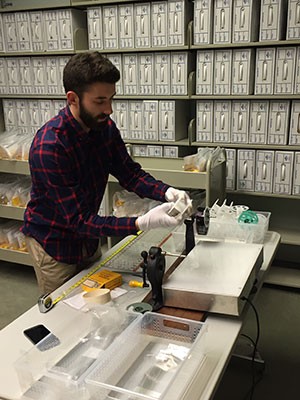
Jacob Kopfensteiner (Student Worker) in the METAscripta Work Room
